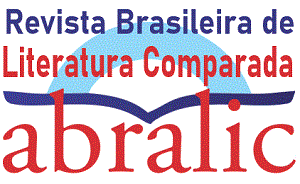Resumo em Português:
Resumo: Os estudos literários brasileiros, depois de manifestações esparsas no período colonial, representadas pela atividade de academias literárias fundadas no século XVIII, só se expandiram efetivamente ao longo do século XIX. A produção literária nacional cresceu em quantidade e qualidade, assim como os estudos literários, que, por um lado, eram demandados por esta produção - a qual, afinal de contas, necessitava ser estudada e avaliada -, mas, por outro lado, estimulavam esta criatividade, ao estabelecerem como critério de valor o alinhamento da ficção, poesia e dramaturgia com a agenda nacionalista. Como resultado, de 1820 a 1880, os estudos literários no Brasil passaram por um período de expansão e diversificação. Se nos anos 1800 a educação literária foi conduzida no ensino de segundo grau, de 1930 em diante cursos de literatura em nível universitário começaram a estabelecer-se no Brasil. Neste artigo, faremos uma breve introdução à crítica e à historiografia literária brasileira, desde seus primórdios até o presente.
Resumo em Inglês:
Abstract: In Brazil literary studies, after scant manifestations in the colonial period, represented by the activity of literary academies founded in the 18th century only really expanded in the course of the 19th century. National literary production grew in quantity and quality, as did literary studies, which, on the one hand, were demanded by this production- that, after all, needed to be studied and evaluated -, but, on other hand, stimulated this creativity, as they established as a criterion of value the alignment of fiction, poetry and dramaturgy with the nationalist agenda. As a result, from the 1820s until the 1880s, literary studies in Brazil underwent a period of expansion and diversification. If in the 1800s literary education was conducted at high-school level, from the 1930s onwards university courses in literatures began to be established in Brazil. In this paper we will provide a short introduction to Brazilian literary criticism and historiography from its very beginnings to the present time.
